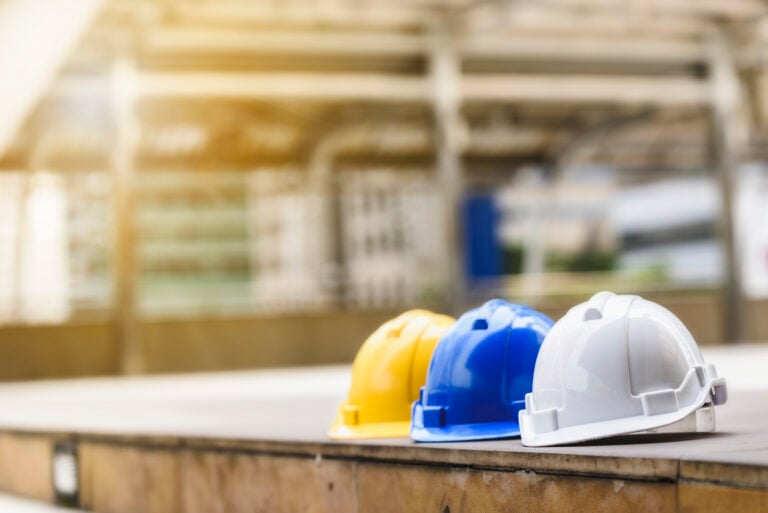On March 7, the Occupational Safety and Health Administration (OSHA) levied over $15,000 in fines to Smith Foundry in Minneapolis. According to OSHA, the fines were for exposing workers to carbon monoxide and respirable crystalline silica, failing to provide employees with baseline medical exams and adequate initial training, and an inadequate respiratory protection program for employees exposed to carbon monoxide and respirable silica.
Crystalline silica is a common mineral found in natural materials such as stone and sand and in engineered materials such as concrete, mortar, glass, bricks, tile and artificial stone. “Respirable” crystalline silica is created when these materials are cut, drilled or crushed. Respirable means these particles are very small—100 times smaller than grains of sand—and can lead to multiple health issues, including lung cancer, kidney disease, chronic obstructive pulmonary disease, and silicosis, an incurable lung disease that can lead to disability and death.
For the wall and ceiling industry, respirable silica has not been much of a problem because most wall and ceiling work rarely involves high silica-content materials. However, wall and ceiling installers do sometimes have to connect to or install high-silica content materials such as stone and concrete.
After initial concerns in 2017 when employers were scrambling to figure out how to comply with the then-new regulations, most AWCI members have figured out methods for compliance with OSHA requirements and how to mitigate employees’ exposure to reduce risk and maintain healthy employees. However, not all companies are aware of the scope of the OSHA requirements and how to comply.
In February 2018, AWCI published an article in Construction Dimensions titled “Assistance with OSHA’s Respirable Silica Rule,” which offered members a downloadable Word file of “AWCI’s Guideline Template for Respirable Crystalline Silica Control.” Although this link is no longer active, this file has been posted in the Safety and Health Committee members-only website and is still available from AWCI by emailing me at [email protected]. This incorporates the latest OSHA silica requirements, which can be found on the OSHA respirable silica webpage, in Rule 1926.1153.
Table 1 of OSHA rule 1926.1153 lists common construction tasks that are known to create respirable silica, lists methods to control silica dust, and shows the level of required respiratory protection. Most wall and ceiling tasks are not covered in Table 1, so Section D of the standard requires employers to “assess the exposure of each employee who is or may reasonably be expected to be exposed to respirable crystalline silica at or above the action level.” This can be done by either performing eight-hour air monitoring for each employee or by performing representative sampling of employees that are performing the same tasks.
If monitoring shows exposure levels below action levels, then the employer may stop monitoring. Action levels are based on the mass of particles per volume of air, measured in micrograms per cubic meter, or μg/m3. OSHA refers to these levels as permissible exposure limits, or PELs, which are calculated based on an eight-hour work day. The requirements state that “no employee is exposed to an airborne concentration of respirable crystalline silica in excess of 50 μg/m3.” Respirable silica protection is not required if it is shown that “employee exposure will remain below 25 μg/m3 as an eight-hour time-weighted average under any foreseeable conditions.”
The key for most employers is to provide a testing program that shows that their employees are below these thresholds. This program can include a combination of control methods, including eliminating sources of respirable silica, providing controls such as wet dust suppression, and finally by providing respirators or other personal protective equipment (PPE).
Administrative controls can include rescheduling work to avoid silica dust generated by others, relocating unprotected workers from dusty areas, avoiding compressed air to clean equipment and materials, avoiding dry-sweeping of areas where silica dust has been generated, and working in well-ventilated areas.
Using the AWCI template silica program, along with monitoring and controls to reduce respirable silica, can avoid the issue of requiring PPE such as respirators for employees. When an employee has to use a respirator for 30 or more days per year, it triggers a requirement for medical examinations and periodic follow-up exams paid for by the employer.
The AWCI Safety and Health Committee is in the process of reviewing and updating the template silica program and considering added guidance for smaller contractors who may not be well-versed in best practices for compliance.
The good news is that for most wall and ceiling construction and finishing activities, respirable silica is not an issue. However, employees need to understand that other trades may create silica dust that could be dangerous, so they may need to relocate, defer work or use PPE that is appropriate for the perceived risk.






